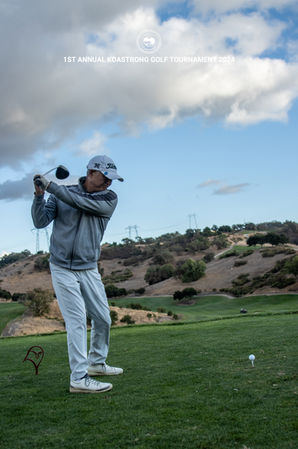- Lisa Pagán

- Jul 16, 2024
- 2 min read

In the fight against childhood cancer, every swing counts. On October 28th, KoaStrong, a non-profit committed to stopping childhood cancer, invites you to tee off for a cause that truly matters. This year, our charity golf event aims to raise crucial funds to support groundbreaking research at Baylor College of Medicine. Together, we can unravel the cause behind childhood cancer and pave the way for life-saving breakthroughs.
Why It Matters:
Childhood cancer is a devastating reality for far too many families, including our own. At KoaStrong, we believe that understanding the complex series of circumstances leading to cancer is key to early detection and prevention. By sponsoring our event, you are directly contributing to cutting-edge research efforts at Baylor College of Medicine where a dedicated team is tirelessly working to unravel these critical causes.
Details of the Event:
Date: October 28, 2024
Location: Cinnabar Hills Golf Course
Time: 12:30 pm Shot Gun Start
Join us for a day filled with camaraderie, competition, and compassion. Whether you're a seasoned golfer or a novice, your participation makes a difference. Together, we can fund research that will change lives.
How You Can Help:
Your sponsorship is more than just a donation – it's an investment in the future of children. By partnering with KoaStrong for this event, you are amplifying our efforts to advance research and bring hope to families. Every dollar raised brings us closer to understanding and ultimately defeating childhood cancer.
Conclusion:
Mark your calendars for October 28th and be a part of something truly impactful. Join us at Cinnabar Hills Golf Course as we swing for prevention and drive change in the fight against childhood cancer. Together, we can make a difference. Let's join forces to support childhood cancer prevention. Together, we are Koa Strong.






















































.png)










